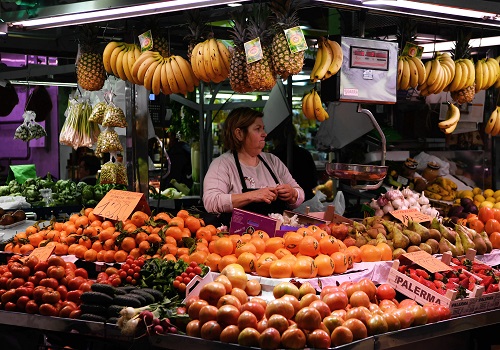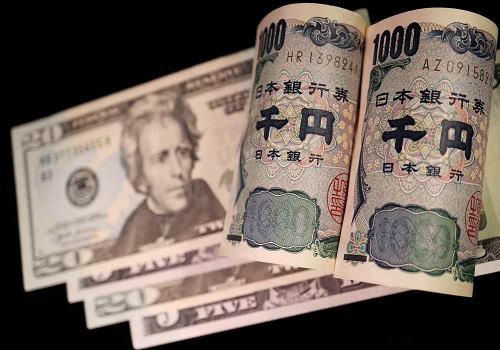Half of food products in Spain become more expensive despite price caps

Follow us Now on Telegram ! Get daily 10 - 12 important updates on Business, Finance and Investment. Join our Telegram Channel
Almost half (48.9 per cent) of the food products in Spain that are subject to the government's sales tax reduction measures became more expensive in September, according to Facua-Consumers in Action, one of the country's main consumer associations.
After analysing the prices of 962 food products in eight of the largest supermarket chains in Spain: Alcampo, Aldi, Carrefour, Dia, Eroski, Lidl, Hipercor and Mercadona, the association found that the prices of 470 items had gone up since the start of the inflation reduction measures at the beginning of the year, reports Xinhua news agency.
Fruit and vegetable products saw the biggest increase (29.7 per cent), followed by olive oil (20 per cent), rice and pasta (14.4 per cent), and milk and dairy products (14 per cent).
Citing the government's regulation which has put price caps on a wide range of food products, Ruben Sanchez, secretary-general of Facua-Consumers in Action, said: "If someone has increased profit margins, be they supermarkets, be they manufacturers or packagers, be they the producers, then that someone would be violating the conditions set by the legislation."
According to the association, the increase in food prices intensified from 6.7 per cent in January to 30.8 per cent in March, 43.8 per cent in May, 47 per cent in July and 48.9 per cent in September.
"We have filed several complaints with the Ministry of Consumer Affairs in recent weeks and we will do so again in the next few days based on the data from September," Sanchez said.
The association also wants regional or state consumer authorities to look into the causes of price increases, including the pricing formulas applied by the distribution chains and their suppliers. i












 320-x-100_uti_gold.jpg" alt="Advertisement">
320-x-100_uti_gold.jpg" alt="Advertisement">












